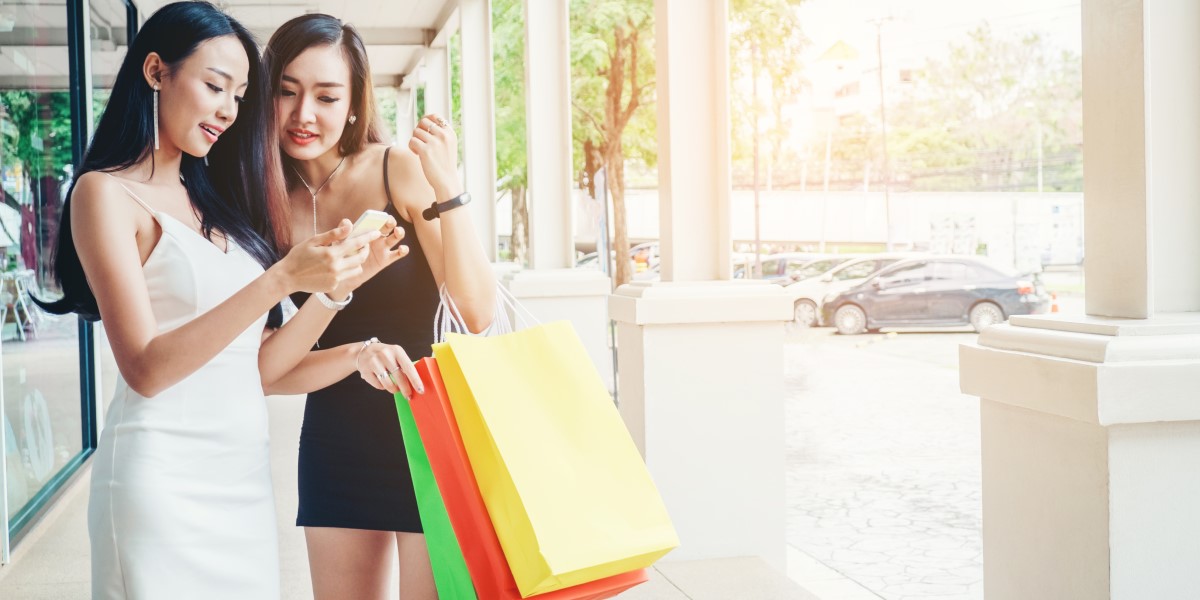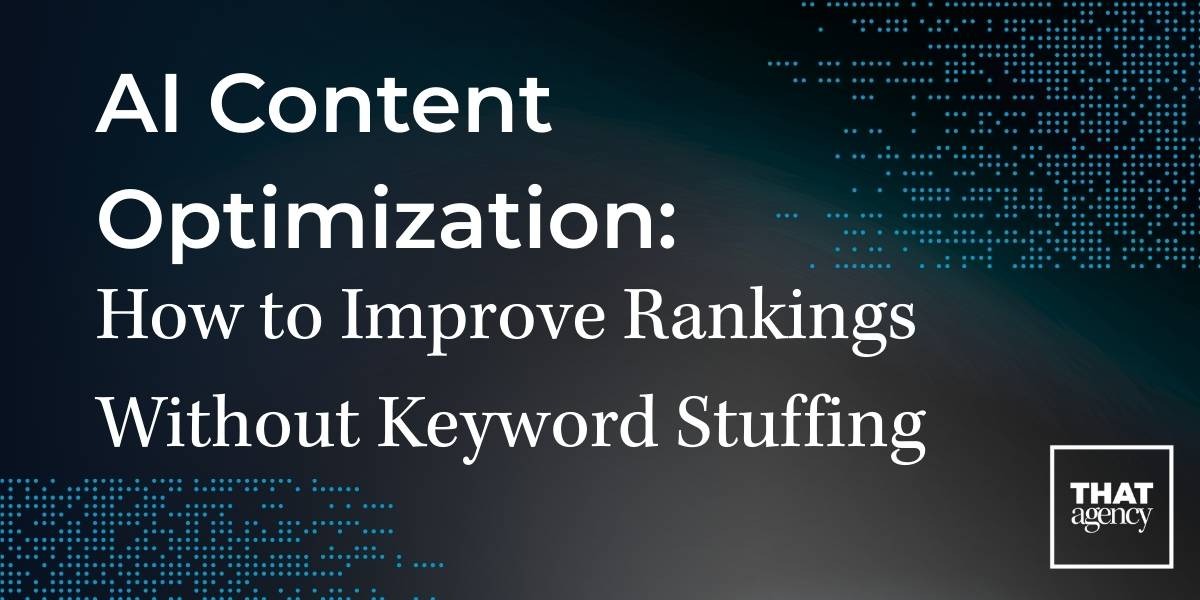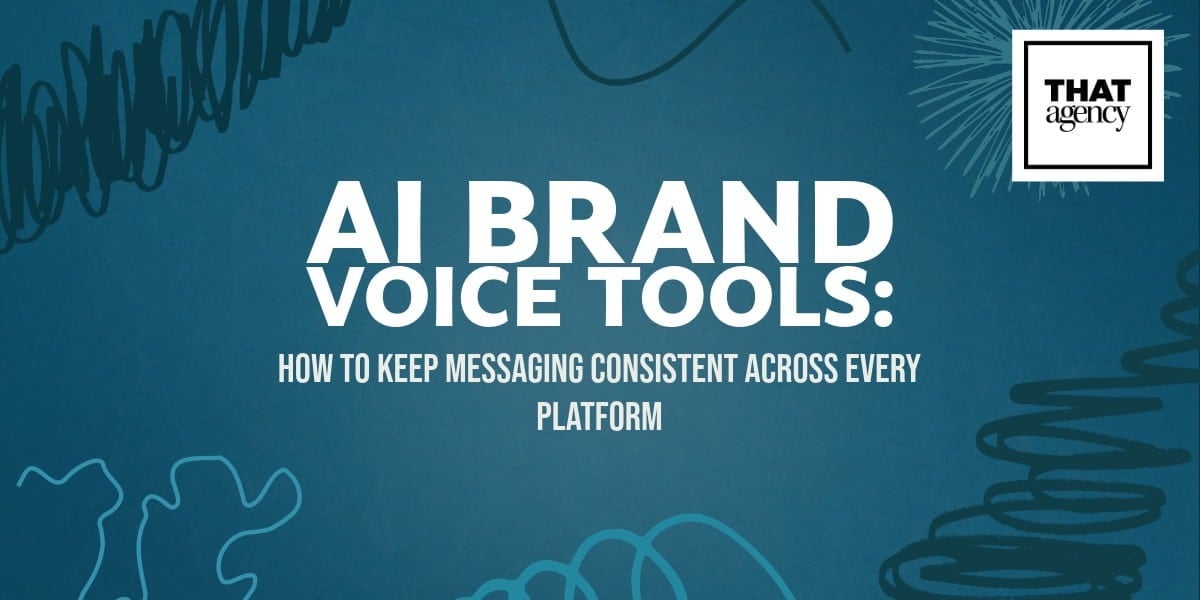Digital experiences impact the majority of luxury sales. That means the advertising strategy of luxury brands can't simply be “good enough.” It has to be creative and in-step with your brand and its story. Luxury brand digital marketing should revolve around accessible, streamlined visual experiences. It's easy to over-complicate and over-think what's effective, instead of simply using what's already effective to translate your brand's experience and uniqueness.

Take a look.
1. Visual social networks are crucial
Luxury products rely a great deal on emotion. These are things people want, but by definition don't necessarily need in order to go about their day or enjoy their lives. They buy luxury products because they complete an image or convey a message they want to present to the world.
The most effective way to do this is to communicate that image to the world. This is what visual social networks like Pinterest and Instagram allow you to do. These are opportunities to feature your products visually in ways that are easy for others to share.
They're also an opportunity to share other images that you wish to associate with the brand's attitude. For instance, a jewelry business may have a page on wedding ideas – these might include some promotional material while also featuring images for wedding ideas the business doesn't sell. This makes that profile a great place to stop by for any wedding ideas, which helps draw potential customers who are serious about buying jewelry. It also helps ground those promotional images in a way that makes purchasing feel more real and immediate.
2. Streamline your website's presentation
Many luxury brands hurt themselves by having sites that load a huge amount of content up front. If luxury products rely on impulse buying and you have to sit through a 20-second intro just to use the site in a functional way, you're already thinking of visiting the competitor before that intro's over.
And this is assuming someone has a good connection. Nearly half of online transactions are made on mobile devices. That's expected to be the majority by 2021, according to Statista. Even the best mobile devices and plans do not always have access to the best connection or fastest speed. That 20-second intro could be a minute of loading, in which case you just lost a customer who's now Googling your competitor.
There simply isn't the patience today that there was even 10 years ago to have to wait for a site or figure out its layout. Don't over-complicate your presentation. The right kind of easy-to-navigate simplicity is the most stylish presentation you can achieve.
3. Get Good at SEO
You probably have at least a working knowledge of search engine optimization (SEO). Research more deeply into this. Become an expert at it. The tools that make it effective are each easy to understand and grasp, so try learning and getting good at using a new one every week.
For instance, many know that including some keywords can help boost your website appearing in online searches. That's the basic way SEO works. Did you know that excluding some words so that your site doesn't show up in some searches can save you money? You can filter out people looking for “free” or “discount” versions of your products. This saves you from paying for those clicks who would never intend to buy from you in the first place.
It's also useful to look at Bing in addition to Google. While much less frequently used, the average user of Bing has more disposable income and Bing's lack of popularity means you'll generally get some better deals. Don't replace Google with it, but using it in addition can be a smart move. Learn these nuances, bit by bit, and you can substantially improve the effectiveness of your luxury brand digital marketing.
4. Exclusivity is not worn down by digital visibility
The advertising strategy of luxury brands isn't really about selling the product. It's about selling the desire that the product answers. Exclusivity feeds this, but Facebook ads and Google searching may make you feel as if the exclusivity of your product is being worn down. When it's online, everyone can see it, everyone can search it, everyone can click on it. Many luxury brands worry that while this provides greater access, it wears down the perception of rarity and exclusivity the brand holds.
Yet you wouldn't worry about this if you purchased a TV ad more people saw, or opened up another store. The same would hold true – more eyes and more access – yet you wouldn't feel as if the exclusivity of your brand was worn.
Remember that you define the brand experience. Having more ads or more eyes seeing those ads does not define or devalue it. What happens once people click through – this is what defines your brand, its story, and its products.
5. Make it personal
This one isn't about the consumer. This one's about you. All the metrics and analytics in the world will only take you so far. To be truly engaged with your customers and what they're experiencing, you have to experience some of it yourself. You have to understand what it's like to be in their shoes, experiencing your luxury brand digital marketing.
In the design elements especially, there should be a part of you that's having fun, that gets excited when you find a great image or discover a great phrase to describe a product. If none of what you use to advertise inspires or excites you, how in the world is it going to inspire or excite your customers?
Luxury brand customers are passionate about their choices and they can be extremely brand loyal, so whoever is handling that communication and those relationships has to understand them. You have to understand why someone is paying attention to you, why someone is coming back to purchase from you.
There's a temptation to remove everything personal in digital marketing. This is a mistake. Where things do feel passionate and someone does get personal attention, that's where your luxury brand digital marketing feels different and stands out.





